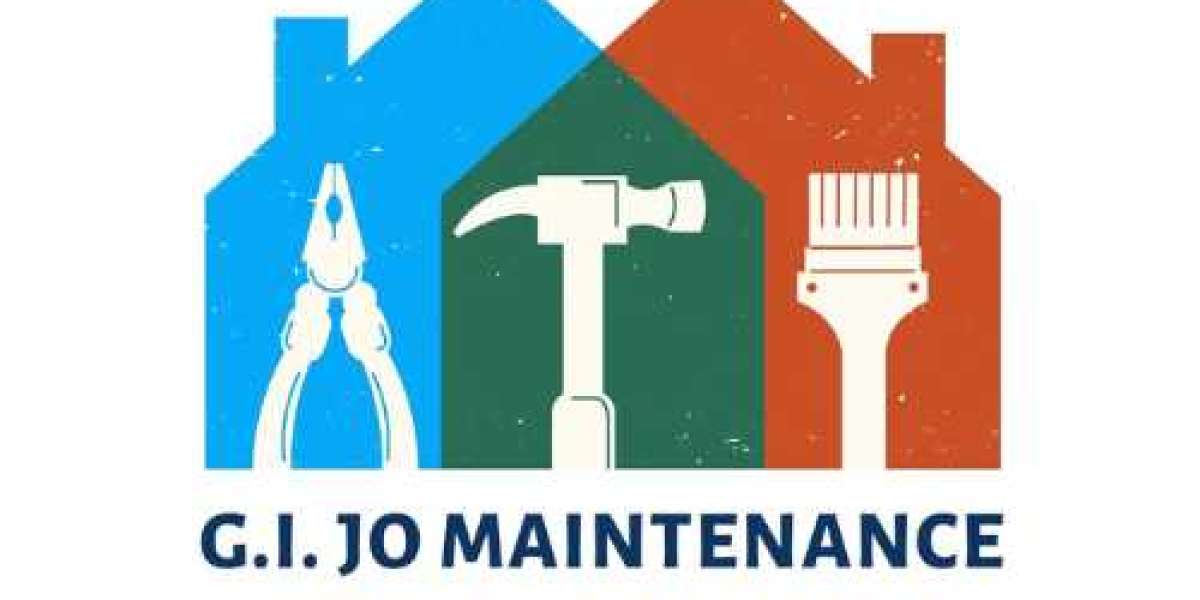Drone Camera
Drone cameras have revolutionized photography and videography by offering aerial perspectives that were once only possible with helicopters or cranes. These unmanned aerial vehicles (UAVs) equipped with high-quality cameras are used across various industries such as filmmaking, agriculture, real estate, surveillance, and environmental monitoring. The combination of mobility, advanced imaging technology, and ease of use makes drone cameras an indispensable tool in today’s digital landscape.
The Drone Camera Market focuses on camera systems mounted on unmanned aerial vehicles (UAVs) for photography, surveillance, mapping, and inspection. Key applications include agriculture, construction, media, and defense. Market growth is driven by advancements in drone technology, regulatory support, and increasing demand for aerial data collection and imagery.
What Is a Drone Camera?
A drone camera is essentially a camera mounted on a remotely controlled or autonomous flying device. These drones can capture high-resolution images and videos from unique vantage points. Modern drones are equipped with stabilization systems, GPS navigation, obstacle avoidance, and intelligent flight modes, allowing for precise control and smooth footage even in challenging environments.
Types of Drone Cameras
Consumer Drone Cameras
These are designed for hobbyists and casual users. They are typically compact, easy to operate, and provide good image quality suitable for social media and personal projects.Professional Drone Cameras
Used by filmmakers, surveyors, and businesses, these drones come with advanced camera features such as 4K or even 8K video resolution, interchangeable lenses, and sophisticated gimbals for stabilization.Industrial and Agricultural Drones
Equipped with specialized sensors such as multispectral or thermal cameras, these drones gather data for crop health analysis, infrastructure inspection, and environmental monitoring.
Key Features of Drone Cameras
High-Resolution Imaging
Most drone cameras now offer 4K video and high-megapixel still photography, providing crisp, detailed visuals.Gimbal Stabilization
Mechanical gimbals keep the camera steady, compensating for drone movements and wind, resulting in smooth footage.Intelligent Flight Modes
Features like orbit, follow-me, waypoint navigation, and return-to-home allow for automated, creative, and safe flying.Live Video Streaming
Many drones offer real-time video feeds to smartphones or controllers, enabling pilots to see and adjust shots on the fly.Obstacle Avoidance
Sensors detect and avoid obstacles, reducing crash risks and enhancing safety.
Applications of Drone Cameras
Filmmaking and Photography
Drone cameras have transformed film and media production by enabling dynamic aerial shots without the high costs of traditional methods. They allow creative freedom in capturing landscapes, sports events, and urban scenes.Agriculture
Farmers use drone cameras with multispectral sensors to monitor crop health, identify pest infestations, and manage irrigation efficiently, leading to higher yields and reduced resource consumption.Real Estate
Aerial footage and photos provide potential buyers with comprehensive views of properties and surrounding areas, enhancing marketing efforts.Surveillance and Security
Law enforcement and security firms deploy drone cameras for crowd monitoring, border surveillance, and disaster response.Infrastructure Inspection
Drones inspect bridges, power lines, pipelines, and wind turbines, identifying faults and damages without putting human inspectors at risk.Environmental Monitoring
Researchers use drones to track wildlife, monitor deforestation, and assess natural disaster impacts, providing data for conservation efforts.
Benefits of Using Drone Cameras
Cost-Effective
Drones offer a less expensive alternative to helicopters or cranes for aerial imaging.Accessibility
Easy-to-use drones empower individuals and small businesses to access aerial photography.Versatility
Capable of flying into hard-to-reach or hazardous areas.Speed
Rapid deployment and data collection reduce time for surveys and inspections.
Challenges and Considerations
Regulations
Drone operations are subject to government rules regarding flight zones, altitude limits, and privacy, requiring operators to stay informed and compliant.Battery Life
Limited flight time (typically 20-30 minutes) restricts operation duration and requires careful planning.Weather Dependency
Wind, rain, and fog can impact drone performance and image quality.Privacy Concerns
Drones equipped with cameras raise ethical questions about surveillance and data protection.
The Future of Drone Cameras
Advancements in battery technology, AI-driven flight control, and sensor miniaturization will enhance drone capabilities. Future drone cameras will likely offer even higher resolution, better low-light performance, and smarter autonomous features.
Integration with 5G networks promises faster data transmission and live-streaming capabilities. Additionally, swarm drone technology could enable coordinated flights for large-scale surveys or complex cinematography.
Conclusion
Drone cameras have opened new frontiers in aerial imaging by combining technological innovation with practical applications. From creative industries to agriculture and security, they provide unparalleled perspectives and data collection capabilities. As technology evolves and regulations adapt, drone cameras will continue to play a vital role in shaping the future of photography, videography, and remote sensing.
Related Reports:
| US Semiconductor Memory IP Market |
| US EMS ODM Market |
| US 3D LiDAR Sensor Market |
| China Action Camera Market |
| Germany Action Camera Market |



